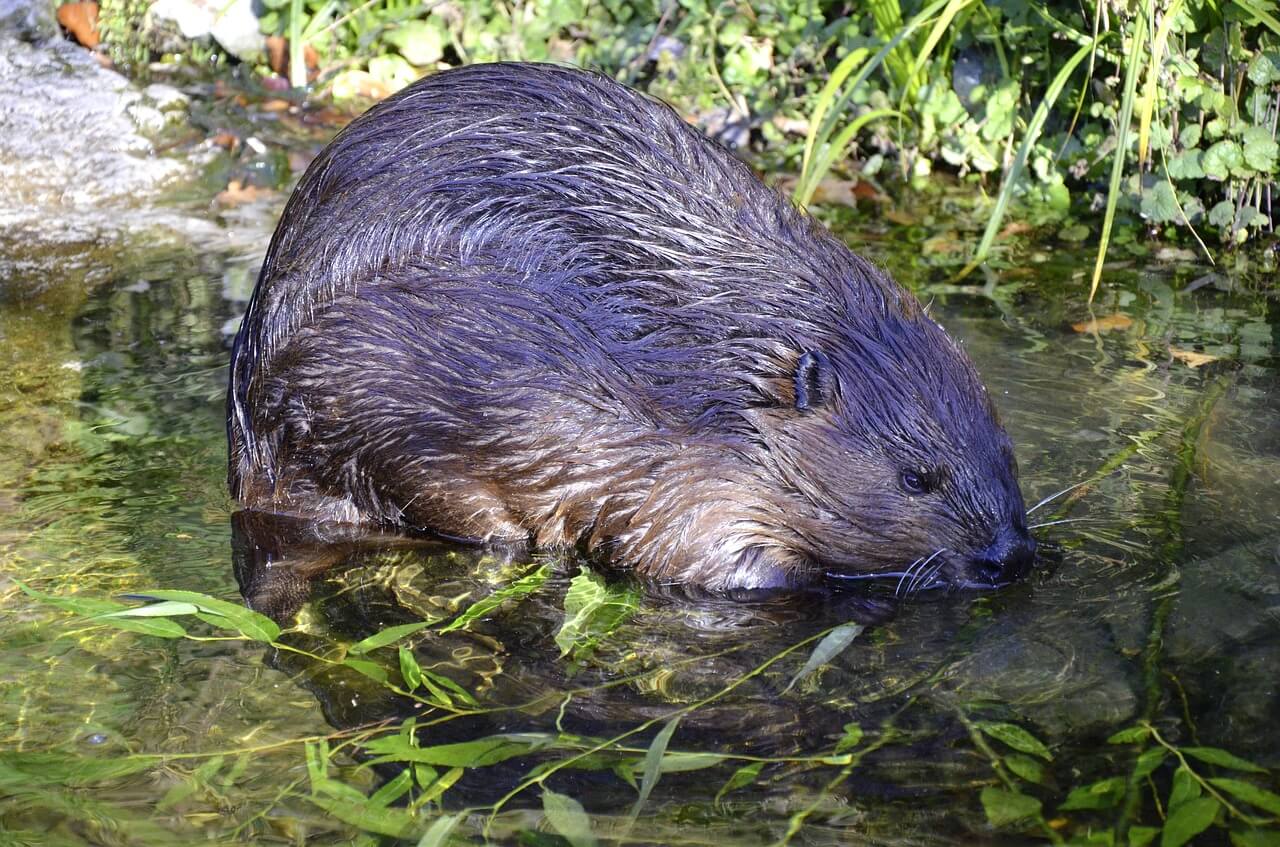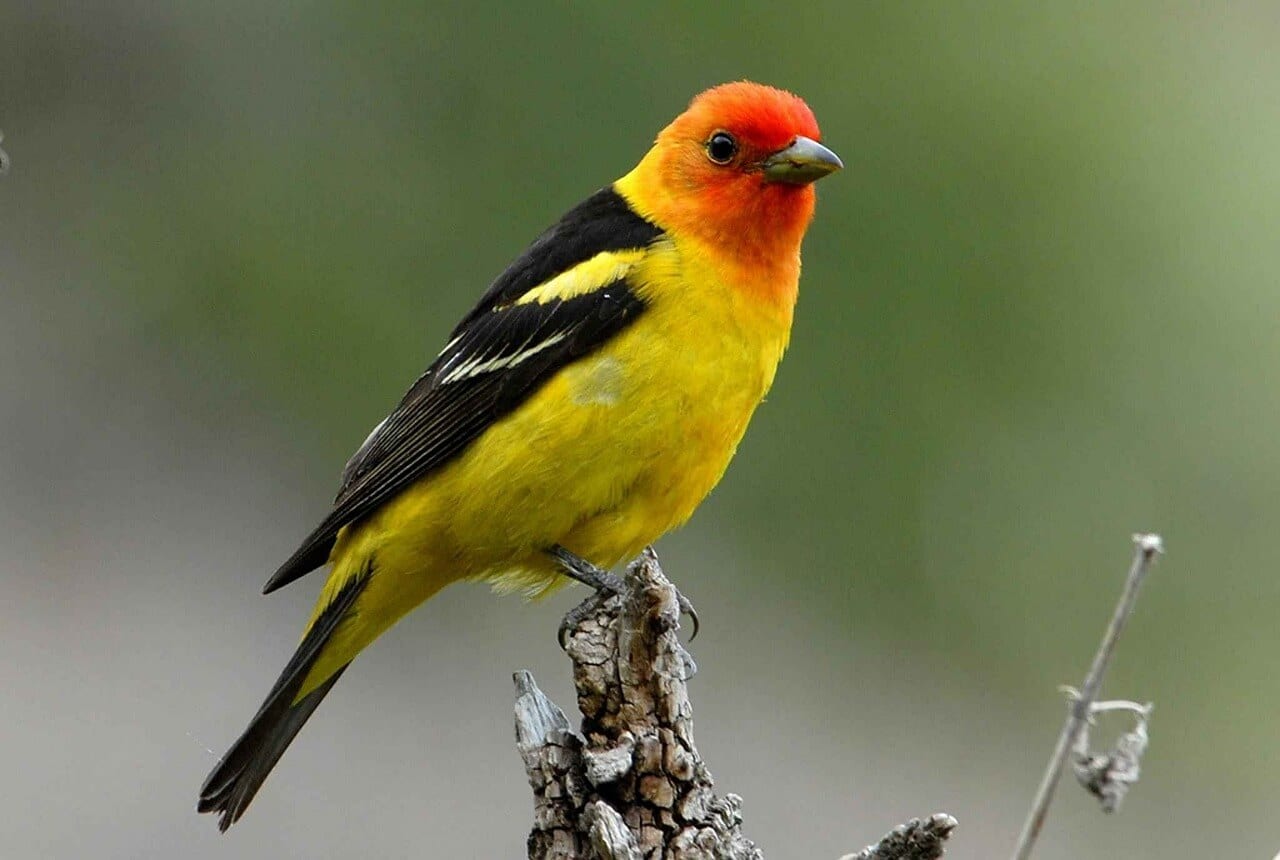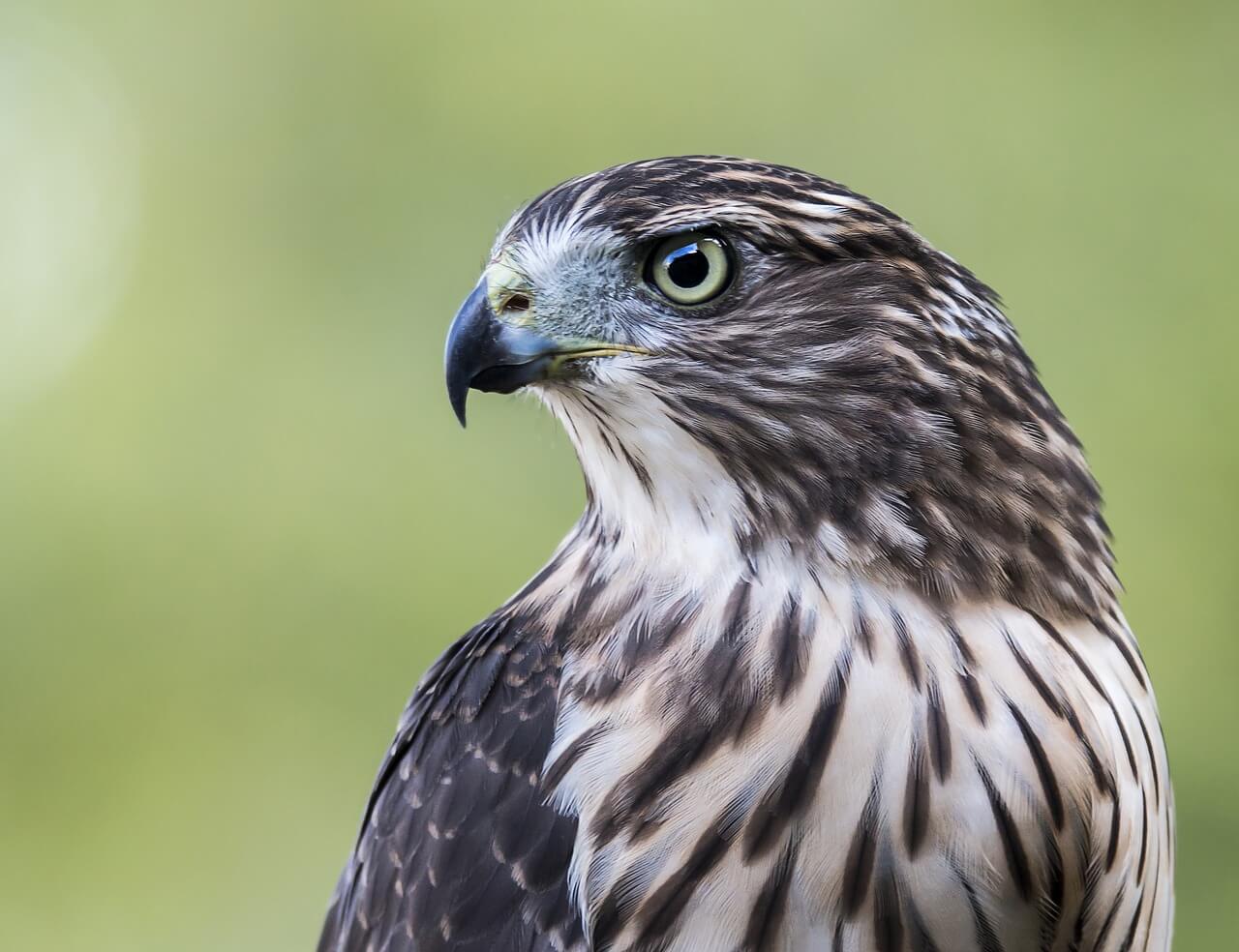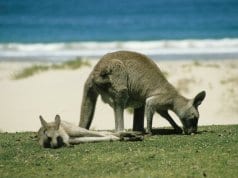Although it is most famous for its namesake trees, Sequoia National Park is also a haven for wildlife species. Nestled into the western slopes of the Sierra Nevada mountains near Visalia, California, Sequoia National Park is home to an array of awe-inspiring animals, which deserve nearly as much attention as the park’s gigantic trees.
We’ll discuss some of the park’s most noteworthy wildlife species below. This way, you’ll know what to expect when heading to the park. We’ll also provide some wildlife-viewing tips, which may help you spot more animals during your visit.
Aquatic and Semi-Aquatic Species
The waters in Sequoia National Park serve as homes for several of the park’s most interesting species.
Although you’ll certainly want to see Sequoia National Park’s forests, be sure to see all of the park’s habitats. This includes the aquatic habitats, which are bursting with biodiversity.

For example, western pond turtles inhabit many of the park’s streams – including a few which are located more than 5,000 feet above sea level. Fourteen different amphibian species also inhabit the park’s streams and swamps. This includes, among others, two species of yellow-legged frog.
Unfortunately, both of these frogs are currently under the threat of extinction. This is due, in part, to the introduction of nonnative species. Fortunately, both species are currently protected by the Endangered Species Act.
Not all of the aquatic and semi-aquatic animals in the park are reptiles or amphibians, though. For example, beavers are common inhabitants of the park. In fact, the ponds beavers create serve as habitat for many other aquatic species.
Predators on the Prowl
Despite being only about 75 miles from Fresno, Sequoia National Park is home to a few impressive predators.
Sequoia National Park is home to a variety of predators that help to keep local wildlife populations in check. Many of these predators are relatively small, but a few grow to very large sizes. For example, short-tailed weasels and skunks both inhabit the park and prey on insects, frogs and small rodents. There are also a few snake species – including the venomous western rattlesnake – that call the park home.

Larger predators, such as badgers, foxes, coyotes and wolverines also live inside the park. These animals tend to hunt for rodents, rabbits, birds and other prey of similar size. Some – especially the park’s resident coyotes – will also scavenge for dead animals or the garbage produced by park visitors.
However, the most notable predators in the park are the black bear and mountain lion. Black bears do occasionally hunt prey as large as deer, but they tend to subsist more heavily on berries, nuts, insects and similar foods. Mountain lions, on the other hand, primarily subsist on the deer living in the park.
Birds of the Forest
It shouldn’t be a surprise that a park named after the world’s most massive trees is home to an assortment of bird species.
Over the course of the year, Sequoia National Park hosts more than 200 different bird species. Some live in the park all year long, while others only visit or stopover in the park as part of their migratory journeys.

Some of the most notable species that visit or live in the park include the colorful western tanager, which is common in many evergreen forests, as well as the spotted towhee, which spends much of its day searching for food in the forest understory. California quail also find most of their food on the ground, but these birds tend to live in the park’s meadows and open lands, rather than the forests.
Several birds of prey are also found in Sequoia National Park. For example, Cooper’s and sharp-shinned hawks both patrol the forest understory, as they try to pluck other birds out of the air. Larger birds of prey, such as red-tailed hawks, hunt for rodents and rabbits. Meanwhile, bald eagles and ospreys hunt for fish near the park’s waterways.
Bighorn Sheep: An American Icon
Bighorn sheep live in scattered pockets across the western U.S., including portions of Sequoia National Park.
While Sequoia National Park is full of interesting animals, one species – the bighorn sheep — tends to stand out from the crowd.

The bighorn sheep is found across a large portion of the western United States, but it only exists in scattered pockets within this range. Fortunately, Sequoia National Park is one such pocket, thanks to the efforts of conservationists.
Bighorn sheep are often difficult for visitors to locate, as they are flighty animals, who flee at the first glimpse of humans. However, a few visitors get lucky each year and have the chance to see these glorious animals in their natural habitat.
Wildlife Viewing Tips
Make the most of your Sequoia National Park visit by employing the wildlife-viewing tips listed below.
Wildlife may be plentiful at Sequoia National Park, but you won’t see very many if you just wander around the park aimlessly. Instead, try to employ the tips and tricks listed below, to increase the number of species you see.
- Take early morning and late afternoon hikes. You may get lucky and see the occasional animal during the middle of the day, but the early morning and late afternoon provide the best chances for seeing wildlife.
- Plan your trip for the spring or fall. You can see animals all year long in Sequoia National Park, but – like most other parks – the wildlife activity is often most pronounced during the spring and fall.
- Bring a good pair of binoculars. Some of the animals you may have the chance to see – including the iconic bighorn sheep – will not allow you to approach them very closely. But with a good pair of binoculars, you’ll still be able to enjoy and see them very well.
- Discuss wildlife viewing opportunities with the park staff. The park staff is an amazing resource that can help you spot the animals in Sequoia National Park. The rangers working in the park typically understand the movement patterns and behaviors of these animals very well, and they’ll usually be happy to provide some helpful advice.

Tell Us About Your Experiences!
As you can tell, Sequoia National Park is a great place to see some of the most interesting wildlife species in North America. As long as you employ the tips listed above and plan your trip properly, you should get the chance to see a variety of awesome animals.
Have you ever been to Sequoia National Park? We’d love to hear about your experiences! Tell us about all of the animals you saw, as well as anything else in the park that caught your eye, in the comments below.














![Red Angus Closeup of a beautiful Red Angus cowPhoto by: U.S. Department of Agriculture [pubic domain]https://creativecommons.org/licenses/by/2.0/](https://animals.net/wp-content/uploads/2020/03/Red-Angus-4-100x75.jpg)

